When traversing the expansive highways and urban landscapes of freight transport, the weight of a semi-trailer serves as a critical metric. For professionals in the logistics and transportation sector, determining the weight of a 40-foot semi-trailer is fundamental, impacting everything from transportation costs to regulatory compliance. In this article, we provide an exhaustive exploration of the factors influencing the weight of 40-foot semi-trailers and key considerations for operators and logistics managers.
The Basics of Semi-Trailer Weight
What Constitutes the Weight of a Semi-Trailer?
The weight of a semi-trailer is primarily the sum of its curb weight, payload, and gross vehicle weight rating (GVWR). Below, we break down these concepts:
| Term | Definition |
|---|---|
| Curb Weight | The weight of the vehicle itself without additional cargo. |
| Payload | The weight of the cargo carried plus any other equipment. |
| GVWR | The maximum safe weight of the vehicle when loaded. |
For a standard 40-foot semi-trailer, the curb weight typically comes in around 10,000 to 12,000 pounds (approximately 4,500 to 5,400 kg), while the allowable payload can vary based on the type and specifications of the trailer.

Average Weight Ranges for 40-Foot Semi-Trailers
Determining a precise weight for a 40-foot semi-trailer involves understanding its design and construction:
- Flatbed Trailers: Typically range from 10,000 to 15,000 pounds (4,500 to 6,800 kg).
- Reefer (Refrigerated) Trailers: Usually weigh between 15,000 and 20,000 pounds (6,800 to 9,100 kg) due to additional insulation and refrigeration mechanisms.
- Tank Trailers: These can weigh considerably more, often between 20,000 and 30,000 pounds (9,100 to 13,600 kg) depending on their construction material.
Factors Influencing the Weight of a 40-Foot Semi-Trailer
Understanding the nuances of weight requires delving into various factors:
1. Trailer Type and Purpose
The type of semi-trailer significantly influences its weight. Different trailers serve unique purposes, requiring distinct designs and materials:
- Flatbed Trailers: Designed for general cargo, these are typically lighter than specialized trailers, allowing for heavy loads.
- Reefer Trailers: Heavier due to the refrigeration unit, adding weight to the overall structure.
- Container Trailers: These are used for transporting shipping containers, which can add additional weight depending on the load.
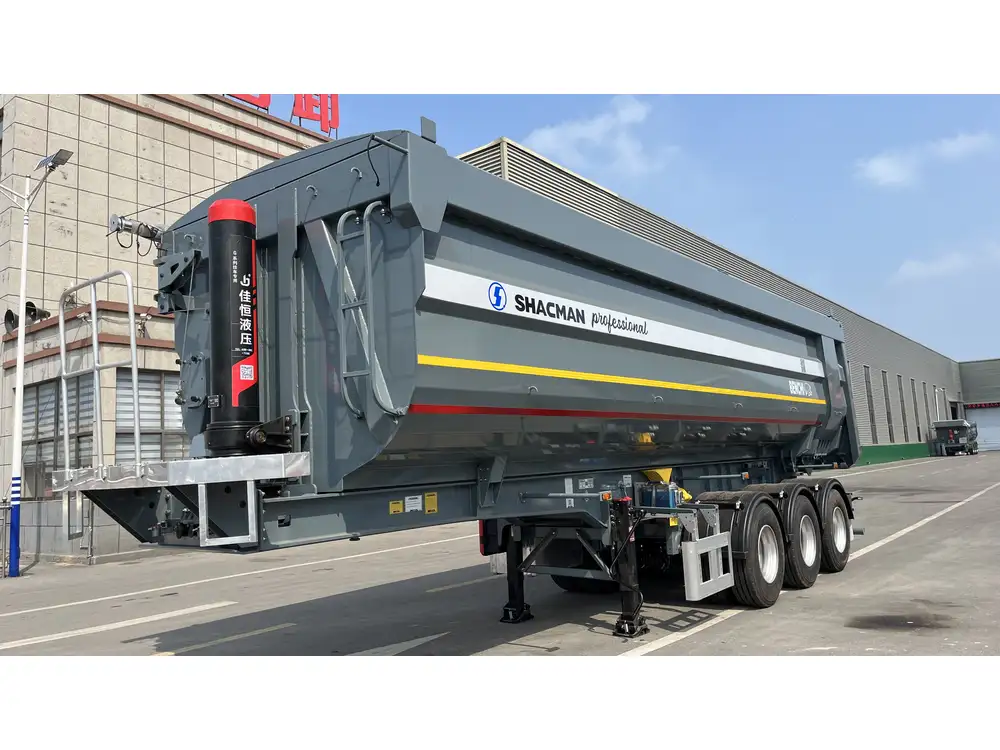
2. Construction Materials
The weight of a semi-trailer is also contingent upon the materials used during manufacturing:
| Material | Weight Characteristics |
|---|---|
| Steel | Heavy, durable, and corrosion-resistant, but contributes to increased weight. |
| Aluminum | Lighter than steel, promoting higher payload capabilities without sacrificing strength. |
| Composite Materials | Emerging materials that may further reduce weight while enhancing durability. |
3. Add-ons and Features
Semi-trailers can come equipped with various modifications and features that affect their weight:
- Multi-Axle Configurations: Additional axles can increase both weight and load capacity but may complicate weight distribution.
- Accessories: Features such as hydraulic lifts, toolboxes, and integrated lighting systems can contribute to the curb weight.
Calculating the Total Weight
To accurately assess the weight of a 40-foot semi-trailer, operators often perform a calculation that includes both curb weight and payload. An example scenario might yield the following:
- Curb Weight: 12,000 pounds (5,400 kg)
- Payload: 24,000 pounds (10,900 kg)
- Total Weight: 12,000 lbs + 24,000 lbs = 36,000 pounds (16,300 kg)
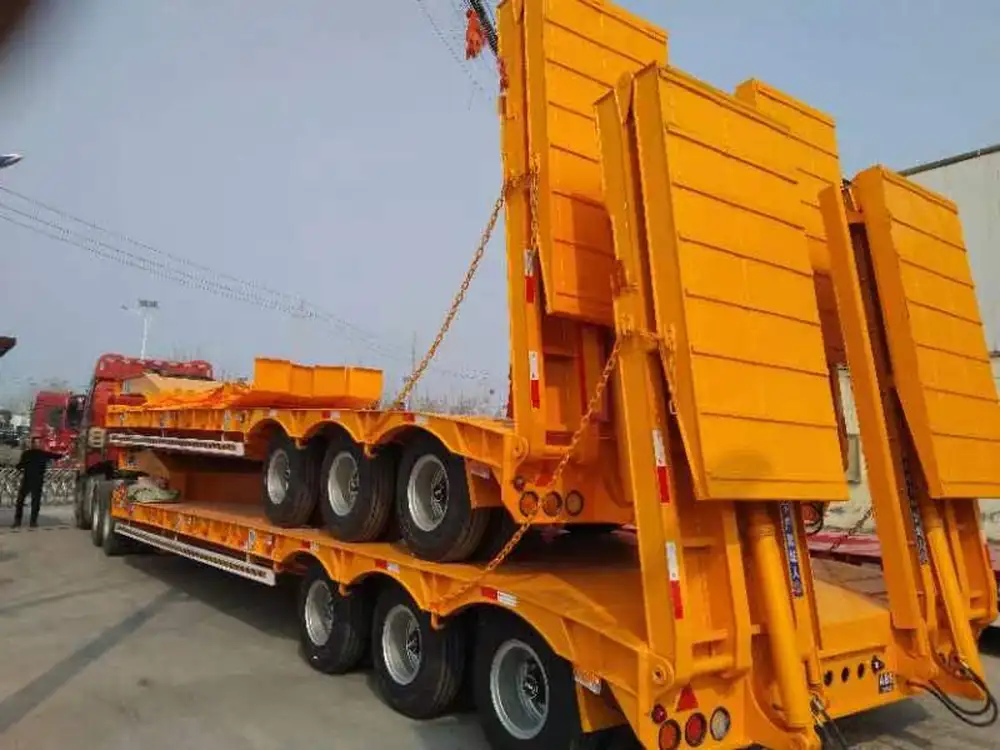
Understanding the Implications of Weight
Regulatory Compliance
Understanding the weight is crucial for compliance with Department of Transportation (DOT) regulations, which stipulate various weight limits across states and types of vehicle configurations.
| Vehicle Type | Maximum GVWR |
|---|---|
| Single Axle | 20,000 pounds (9,100 kg) |
| Tandem Axle | 34,000 pounds (15,400 kg) |
| Total Combination Weight | 80,000 pounds (36,300 kg) |
Load Distribution and Safety
Operators must also ensure proper weight distribution across axles to enhance safety and avoid excessive wear on tires and suspension systems. An imbalanced load can lead to increased braking times and potential hazards on the road.
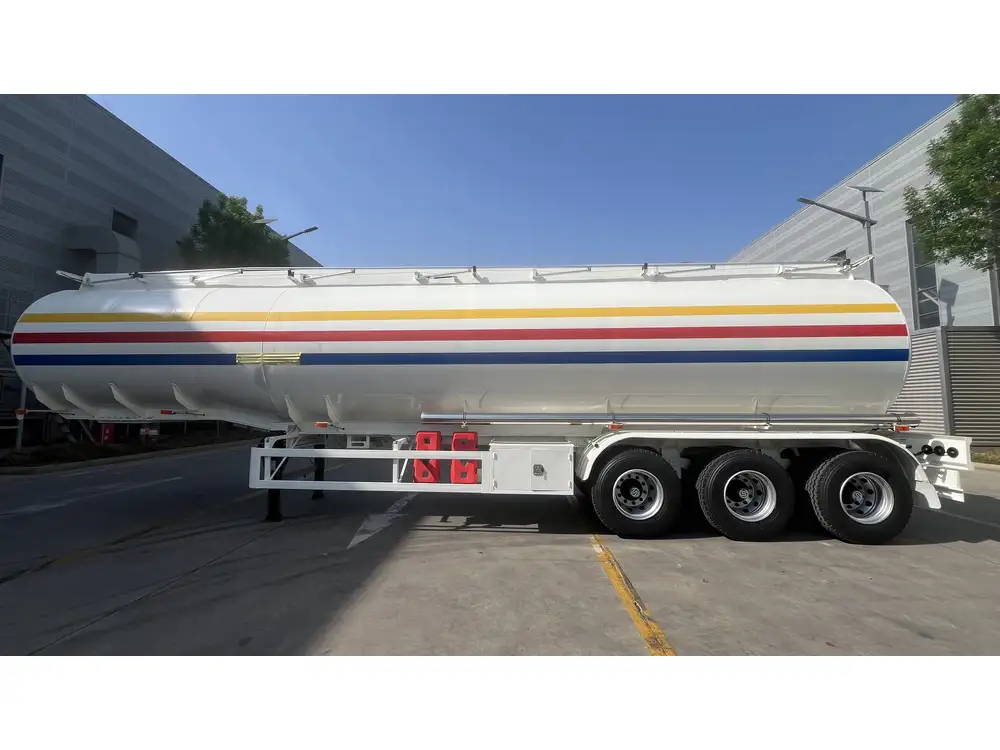
Common Weight-Related Questions
How Can the Weight of a Semi-Trailer Affect Fuel Efficiency?
The weight of a semi-trailer plays a pivotal role in determining fuel efficiency. Heavier loads typically require more fuel to navigate inclines, resulting in higher operational costs. Fleet managers often analyze payload optimization to strike a balance between maximum loads and fuel consumption.
Are There Weight Limitations for Specific Routes?
Yes, state and local regulations may impose weight restrictions, especially on bridges and rural roads. Fleet operators should consult local regulations or permit authorities when planning routes.
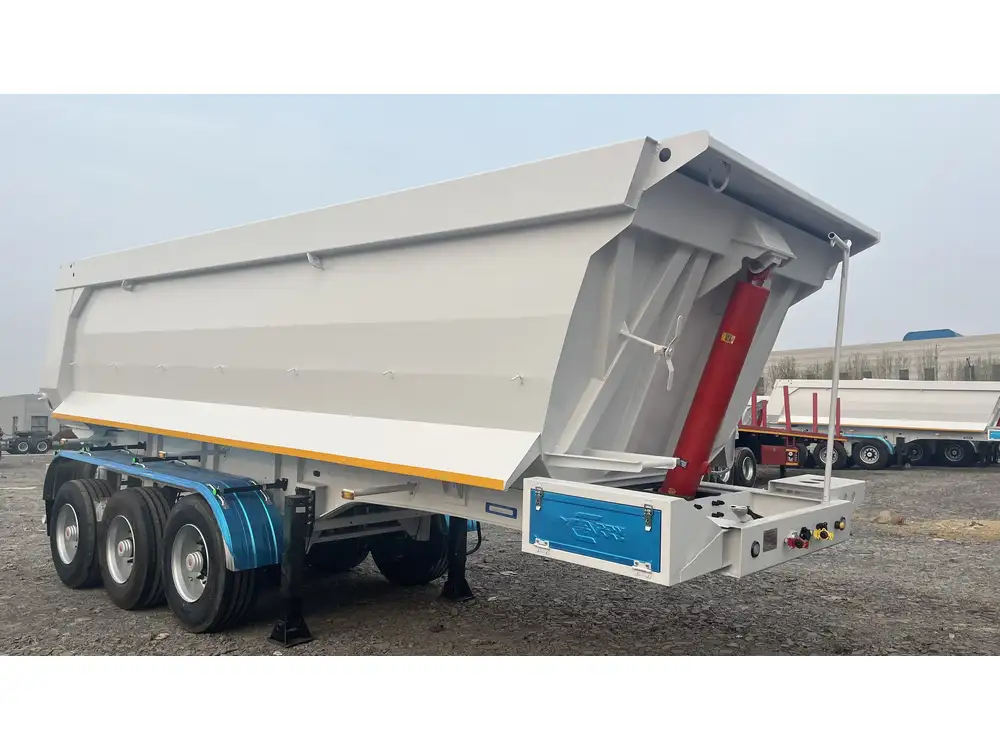
Tools for Measuring and Monitoring Trailer Weight
In the logistics industry, having the right tools to measure and monitor the weight of semi-trailers is vital for ensuring compliance and optimizing operations.
Weigh Stations and Portable Scales
Often, operators must utilize weigh stations located along highways or invest in portable scales. These can yield quick readings to ensure compliance with state and federal regulations.
High-Tech Solutions
Technological advancements have led to the development of in-trailer weight monitoring systems that provide real-time data about the trailer load, enhancing decision-making and operational efficiency.

Best Practices for Managing Semi-Trailer Weight
Develop a Weight Monitoring Protocol
Implementing a systematic approach to monitoring trailer weight ensures compliance and operational efficiency. This can involve:
- Regular weigh-ins at dedicated stations or sites.
- Training operators to understand GVWR and cargo capacity limitations.
- Establishing a checklist for loading procedures to guarantee optimal weight distribution.
Optimize Payload Sizes
A comprehensive analysis of typical loads can aid in optimizing configuration and payload sizes, allowing companies to minimize trips while maximizing efficiency. The key is finding a perfect balance between carrying capacity and fuel consumption.
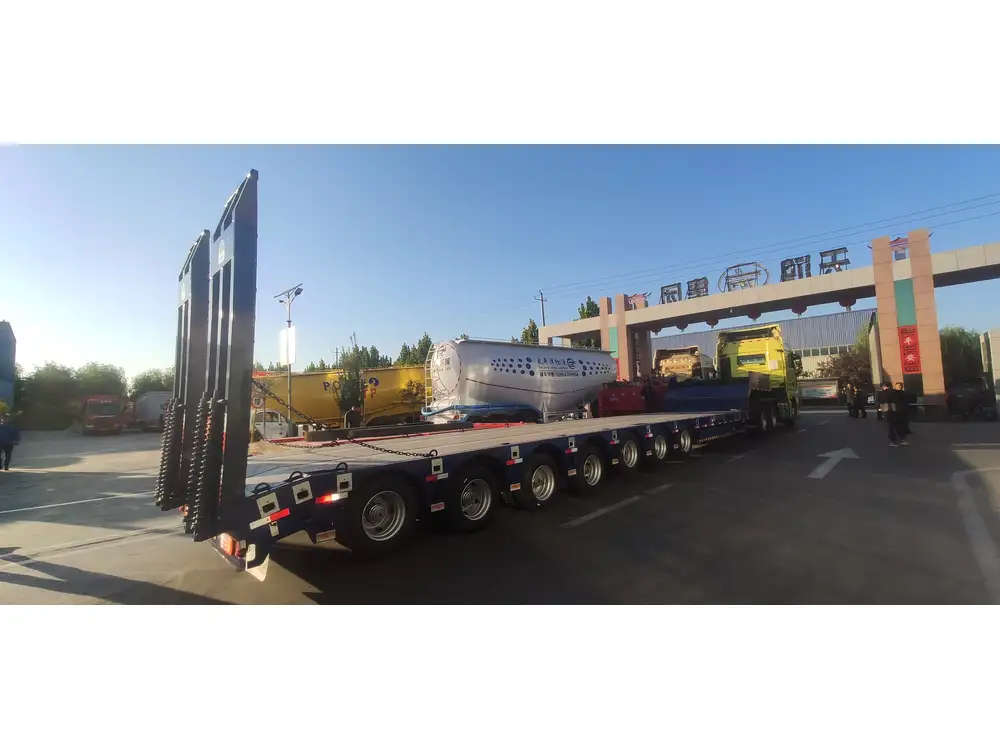
Collaborate with Experienced Logistics Providers
Working with reputable logistics providers ensures adherence to best practices in weight management, routing constraints, and operational efficiencies. This collaboration can greatly reduce the likelihood of penalties associated with overloading and improve overall productivity.
Conclusion
Understanding the weight of a 40-foot semi-trailer is not merely a question of quantity; it’s an amalgamation of diverse factors including type, materials, specifications, and operations practices. Our extensive analysis provides insights essential for logistics managers and operators seeking to optimize their fleets while ensuring compliance with industry regulations.
By mastering weight management strategies, not only can operators enhance their operational efficiency, but they can also ensure a safer freight transport experience on our busy highways.



